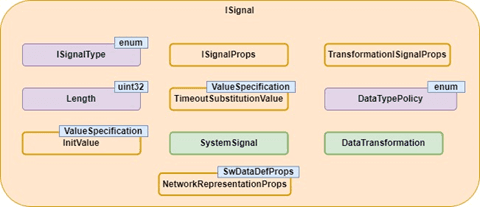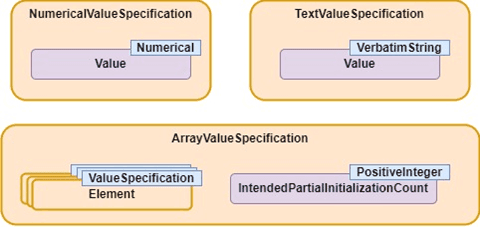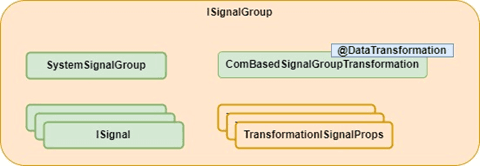Exploring ISignal and ISignalGroup Definitions in Autosar ARXML
Understanding the intricacies of Autosar's ISignal (I-SIGNAL) and ISignalGroup (I-SIGNAL-GROUP) is crucial for efficient data exchange in automotive systems. These containers play a pivotal role in the communication, and when defined the right way in ARXML, they can save you a lot of engineering effort while configuring the COM module. In this comprehensive guide, we delve into the elements, configurations, and transformations that define the backbone of these essential Autosar elements.
In this post, we will dive nose-deep into these elements. If they sound new to you, consider stopping by one of our introductory communication articles, such as Communication Stack Overview (opens in a new tab).
ISignal
The ISignal container represents a SystemSignal at the interaction layer within Autosar. It allows the same system signal to be sent to multiple receivers, a concept known as signal fan-out. Most elements within the ISignal can be mapped directly to COM, simplifying manual configurations through an automatic configurator. The ISignal container includes the following elements:
- ISignalType: Describes if the signal is of array (UINT8_N or UINT8_DYN at the COM) or primitive type.
- Length: Size of the signal in bits. Consideration should be given if transformers add additional data.
- InitValue: Optional initialization value given by a ValueSpecification property.
- ISignalProps: Optional container providing the handleOutOfRange property, defining behavior for out-of-range values.
- TimeoutSubstitutionValue: Optional ValueSpecification container creating the COM property ComTimeoutSubstitution.
- SystemSignal: Represents data exchanged between different ECUs.
- NetworkRepresentationProps: Container specifying the network representation of the ISignal.
- DataTypePolicy: Enumeration defining the property set used to describe the SwDataDefProps of a signal.
- DataTransformation: Optional reference to a DataTransformation container for applying data transformation to the ISignal.
- TransformationISignalProps: Includes transformation properties specific to this signal.

ARXML contained elements of an I-SIGNAL
The ValueSpecification container can take the form of one of the following subclasses for an ISignal:
- NumericalValueSpecification: Assigned to a primitive data element containing a numeric value.
- TextValueSpecification: Defines labels for an enumeration, with values as strings.
- ArrayValueSpecification: Defines values for an array, containing an aggregation of elements and an optional attribute for dynamic arrays.

ARXML sub-elements that define a VALUE-SPECIFICATION
ISignalGroup
The ISignalGroup container, created for similar reasons as ISignal, comprises the following elements:
- SystemSignalGroup: Reference to the SystemSignalGroup transmitted by this ISignalGroup.
- ISignal: Reference to each of the ISignals grouped by the signal group.
- ComBasedSignalGroupTransformation: Optional reference to a DataTransformation container describing the transformer chain for COM-Based Transformer (ComXf).
- TransformationISignalProps: A transformer chain specific to this ISignalGroup.

Aggregation of ARXML elements that make up for an I-SIGNAL-GROUP
Autosar's ISignal and ISignalGroup containers provide a systematic approach to manage and optimize the transmission of system signals in automotive communication systems. By understanding their configurations and transformations, developers can streamline communication development, enhancing the overall efficiency of data exchange, while minimizing the engineering effort involved in configuring the communication stack.
Do not forget to join the waiting list for our upcoming eBooks!
Author: Micael Coutinho (opens in a new tab)
References:
- Specification of Communication - Autosar (opens in a new tab)
- System Template - Autosar (opens in a new tab)
© AutosarToday —@LinkedIn